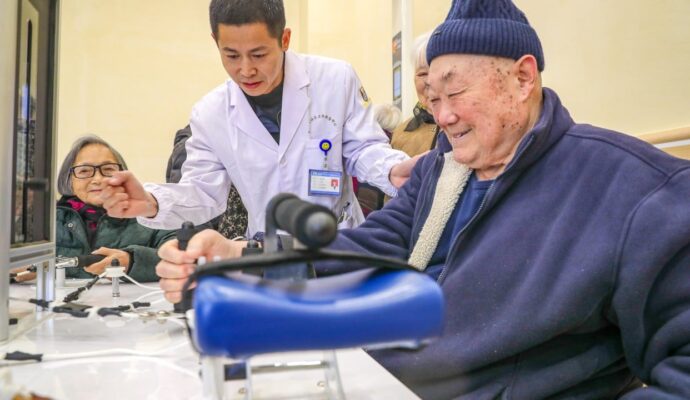“It means we have established a system of our own, which is essential for clinical and commercial application,” said Yang Hui, corresponding author of the study and a researcher with the Centre for Excellence in Brain Science and Intelligence Technology of the Chinese Academy of Sciences.
The study is also important for the development of disease models in basic research and in the field of gene therapy, according to the authors.
CRISPR-Cas9, a natural defence mechanism used by bacteria to ward off viral attacks, is one of the most important scientific discoveries of this century. Two scientists – Emmanuelle Charpentier, director of the Max Planck Unit for the Science of Pathogens in Berlin, and Jennifer Doudna, a professor at the University of California, Berkeley – won the 2020 Nobel Prize in Chemistry for developing the gene-editing tool.
However, CRISPR-Cas9 has its shortcomings. Because it relies on the cell’s self-healing mechanism to rejoin the broken strains, it may result in off-target effects, such as chromosomal rearrangements or large DNA deletions, which may cause safety concerns.
Scientists have discovered a method to precisely correct the misspelling of one individual DNA letter, or “base”, by using base-editing technology. There are four bases in DNA – adenine (A), cytosine (C), guanine (G) and thymine (T) – and they are supposed to be matched in specific pairs: A with T, and C with G.
By using CRISPR scissors but disabling the ability to cut DNA, Liu’s team attached a protein that could perform chemical reactions on the DNA base, enabling it to convert C to T, or A to G, for example.
Base editors could correct four of the most common types of misspellings that occur in DNA, accounting for about 30 per cent of all known disease-causing DNA errors, Liu told The Conversation in April.
Yang said: “CRISPR-Cas9 is like a pair of scissors that can cut the DNA, which may result in the deletion or insertion of base pairs, while base editing is like a pencil and eraser that can erase one base and change it into another.”
But in previous studies, deamination – the removal of an amino group from a molecule – was the first step in base editing, he said.
“Previously, scientists used chemical reactions to deaminate adenine or cytosine. When the body discovers the bases are mutated, it has a series of mechanisms to repair them to convert from one base into another one,” he said.
“People’s perception is that deamination is the first step of base editing, but we break the inherent concept by finding another enzyme – the glycosylase – that can also perform base editing.”


